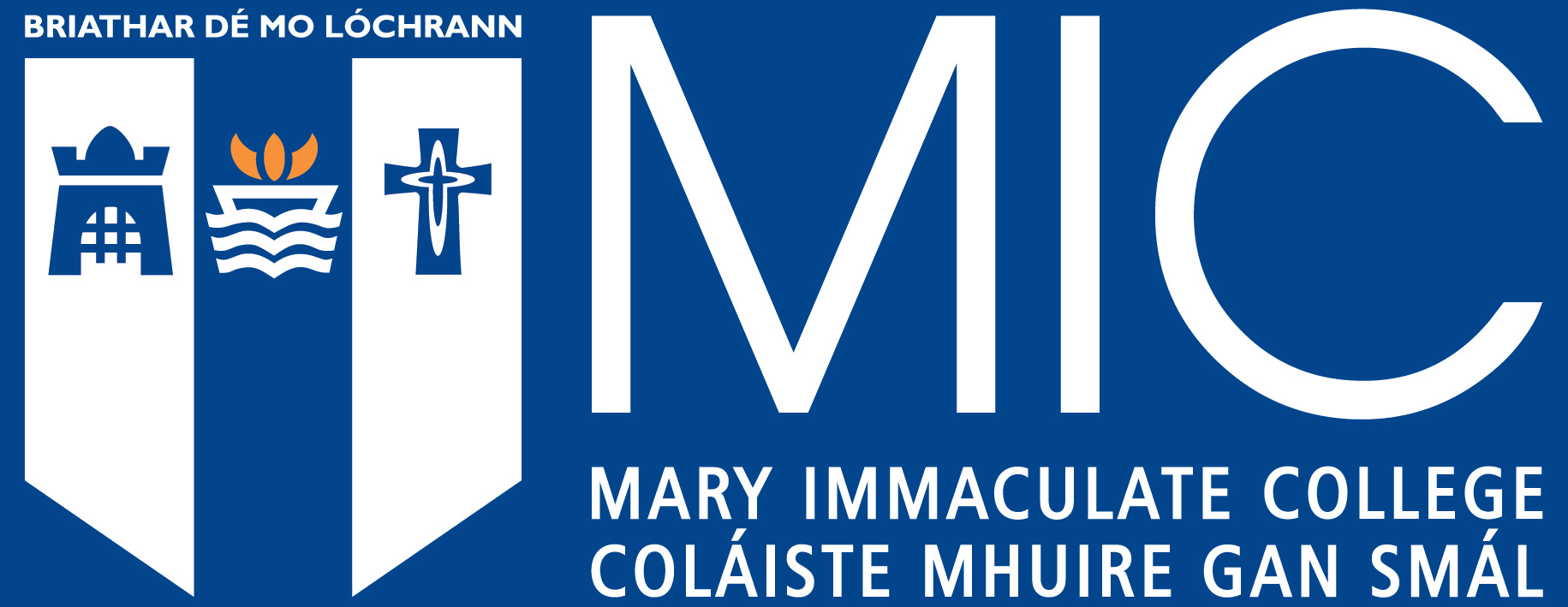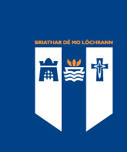The Untold story of the monster: a psychoanalytic analysis of the monster through the anamorphic lens
Abstract
Research identifies the perception of evil as a mechanism to segregate people from inhuman and monstrous transgressors. Luke Russell defines that ‘the evil of the agent is supposed to provide a complete explanation of the agent’s harmful actions’ (Russell, 2010, p. 46). Instead, this thesis will argue that Russell’s psychological conception of evil is somewhat in error, as the category of ‘evil’ is no longer sufficient to describe the motivation of a ‘monster’. It is through the deconstruction of traditional monstrous identities, that new interpretations of what we consider evil or ‘Other’ can be remodelled. This study will contend that the evolution of imaginary monsters represents projections created from the repressed urges in the human mind, and further, that society is informed by these fictional personalities of what is socially incorrect or what is ‘acceptably human’. An intertextual focus on both books and films will examine what seems to be unhuman monsters beyond ourselves, and will look to demonstrate that these beings originate within the Self, and are always intrinsically correlated to the Self. The value of the anamorphic lens, or the skewed perspective, will present the possibility of dual meaning that offers new viewpoints of the monster as Other. Anamorphosis, as outlined in Jacques Lacan’s reading of Holbein’s ‘The Ambassadors’ (Lacan 1977), involves looking at an image from a different perspective in order to unearth a different range of significations. Slavoj Žižek terms it ‘looking awry’ (Žižek 1991), and this project will ‘look awry’ at the epistemology and ethical position of the monstrous subject. By close readings from an anamorphic perspective, the monster can be seen as an allegory for how society treats those that are different from the patterns of normalcy. In societal and cultural terms, the monster is an ‘Other’ of whom we are afraid; and by demonising this Other, whether racial, social or class-based, the need for empathy and understanding is undercut and replaced by a desire to chasten and ostracise
Keywords
Monster theoryGothic
Anamorphosis
Psychoanalysis


